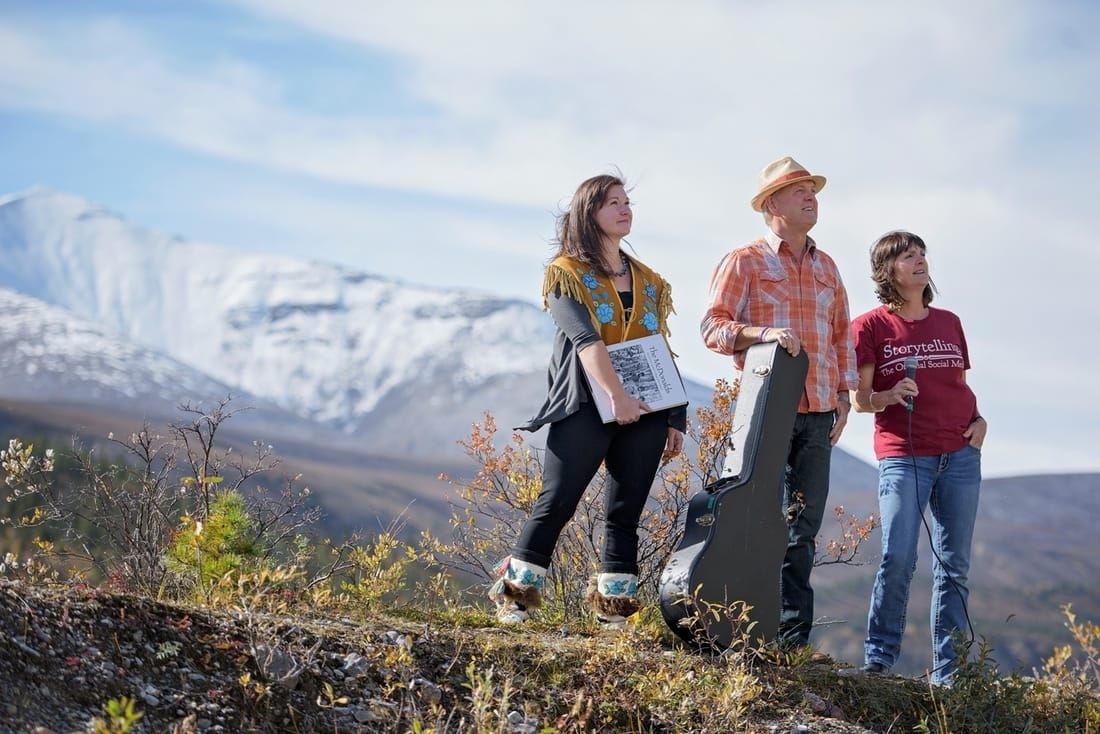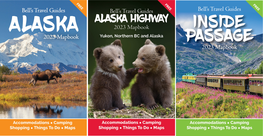Watson Lake, Yukon
Watson Lake is the first Yukon community encountered by the northbound traveller and is the second largest town in the Yukon. A comfortable day’s drive from Fort Nelson or Whitehorse make it a popular stopover point. There are several hotels, campgrounds and a number of interesting tourist attractions.
In 1898, 14 year old Francis (Frank) Gilbert Watson, an American from Lake Tahoe, came to the Yukon with his father Robert Montgomery Watson. They travelled the Chilkoot Trail route to Dawson City and had a successful Gold Mine in the Klondike. Unfortunately, like many gold miners of the day their mine was flooded out in 1905 and Frank & Robert decided to return home to Lake Tahoe. A few years later Frank returned to The Yukon through Wrangell, Alaska and up the Stikine and Dease Rivers. This brought him to the Liard River Valley near what is now the town of Watson Lake. It was here he met Adela Stone, a formidable & well-known Kaska woman.
Because of Frank’s relationship with Adela, the Kaska people allowed Frank to trap, prospect and settle in the area. Frank and Adela Watson have long been recognized as key figures in the early development of this part of the Yukon and there are still several members of the Watson family that live in the area.
Watson Lake grew from a small isolated outpost to a thriving community when the Alaska Highway was routed through its center. It became the accommodation and supply center for the building of this section of the highway.
The Sign Post Forest is Watson Lake’s most famous attraction. It was started in 1942 by Carl Lindley, a homesick GI, while working on the Alaska Highway. When repairing a directional post, he decided to add a sign for his hometown of Danville, IL, and inadvertently started the huge collection of signs. It is still being added to each year by visitors who wish to promote their own communities. The Town of Watson Lake maintains the Sign Post Forest, which is known as one of The Yukon’s most famous landmarks with over 72,000 unique signs.
In 1898, 14 year old Francis (Frank) Gilbert Watson, an American from Lake Tahoe, came to the Yukon with his father Robert Montgomery Watson. They travelled the Chilkoot Trail route to Dawson City and had a successful Gold Mine in the Klondike. Unfortunately, like many gold miners of the day their mine was flooded out in 1905 and Frank & Robert decided to return home to Lake Tahoe. A few years later Frank returned to The Yukon through Wrangell, Alaska and up the Stikine and Dease Rivers. This brought him to the Liard River Valley near what is now the town of Watson Lake. It was here he met Adela Stone, a formidable & well-known Kaska woman.
Because of Frank’s relationship with Adela, the Kaska people allowed Frank to trap, prospect and settle in the area. Frank and Adela Watson have long been recognized as key figures in the early development of this part of the Yukon and there are still several members of the Watson family that live in the area.
Watson Lake grew from a small isolated outpost to a thriving community when the Alaska Highway was routed through its center. It became the accommodation and supply center for the building of this section of the highway.
The Sign Post Forest is Watson Lake’s most famous attraction. It was started in 1942 by Carl Lindley, a homesick GI, while working on the Alaska Highway. When repairing a directional post, he decided to add a sign for his hometown of Danville, IL, and inadvertently started the huge collection of signs. It is still being added to each year by visitors who wish to promote their own communities. The Town of Watson Lake maintains the Sign Post Forest, which is known as one of The Yukon’s most famous landmarks with over 72,000 unique signs.
Alaska Highway Celebration Events
Alaska Highway Road Show |

